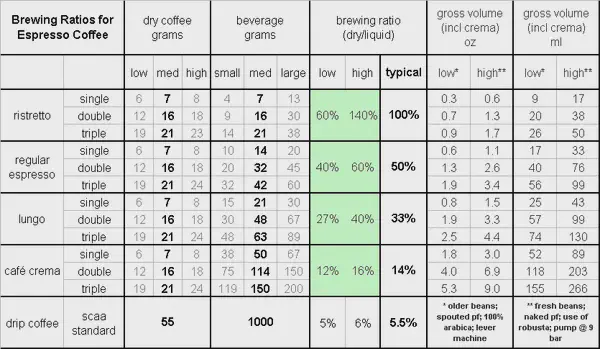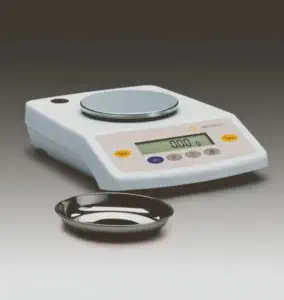Weighing your coffee? Yes, but... why?

Weighing your coffee can radically change your tasting experience. By ensuring a precise and consistent extraction, you achieve a constant and quality result. In this article, let’s discover the benefits of this method, the ideal ratio and how to choose the right scale.
Relatively early in my coffee discovery journey, I invested in a precision scale. A dosing spoon can work in a pinch, but the results were too random. Weighing helps eliminate certain variables and achieve the right extraction ratio.
Variables that influence a coffee
Approximation is the enemy of good coffee: precision is essential. The variables are numerous:
- Amount of ground coffee in the portafilter
- Grind size level
- Water temperature
- Pre-infusion time
- Extraction duration
- Amount of coffee produced (in grams)
- Ratio input coffee weight / output coffee weight
- Dissolution rate in %
Why weigh your coffee?
Weighing your coffee before use allows you to standardize the extraction by always keeping the same amount of ground coffee.
Another advantage is to measure the coffee/water ratio, which determines the extraction level.
Calculating your extraction ratio
Concrete example:
- Ground coffee: 14 g
- Extracted water: 38 mL (1 g of water = 1 mL)
General formula:
Numerical application:

Ratio interpretation:
| Coffee type | Recommended extraction ratio | Characteristics |
|---|---|---|
| Ristretto | > 60% | Very concentrated, intense, syrupy texture |
| Espresso | 50 – 60% | Balanced, rich in aromas, dense crema |
| Lungo | 30 – 40% | Softer, less concentrated, larger volume |
Which scale to choose?
There are specialized scales for coffee, but they can cost up to €250.
For home use, a jeweler’s scale is sufficient: it is precise, affordable and compact.

